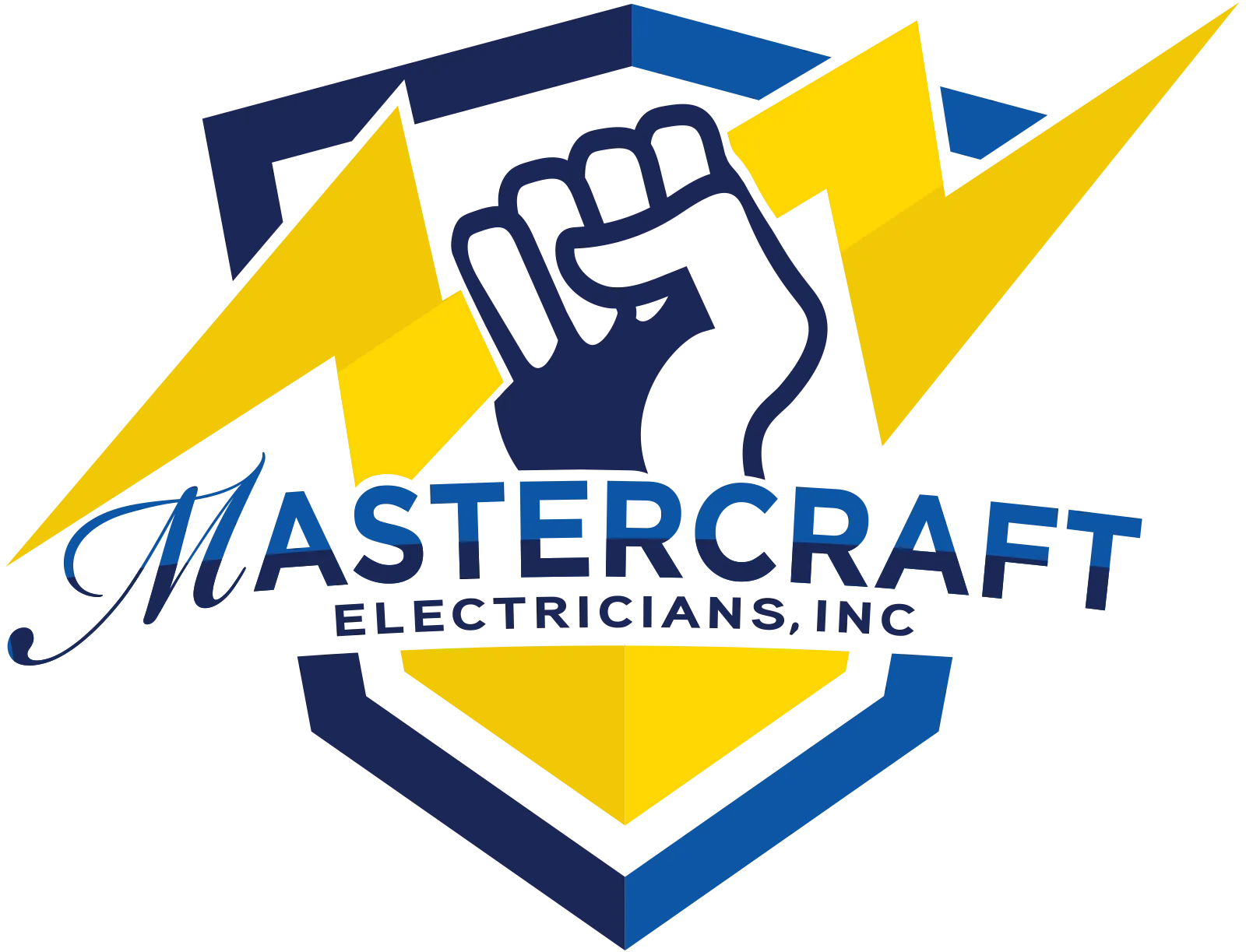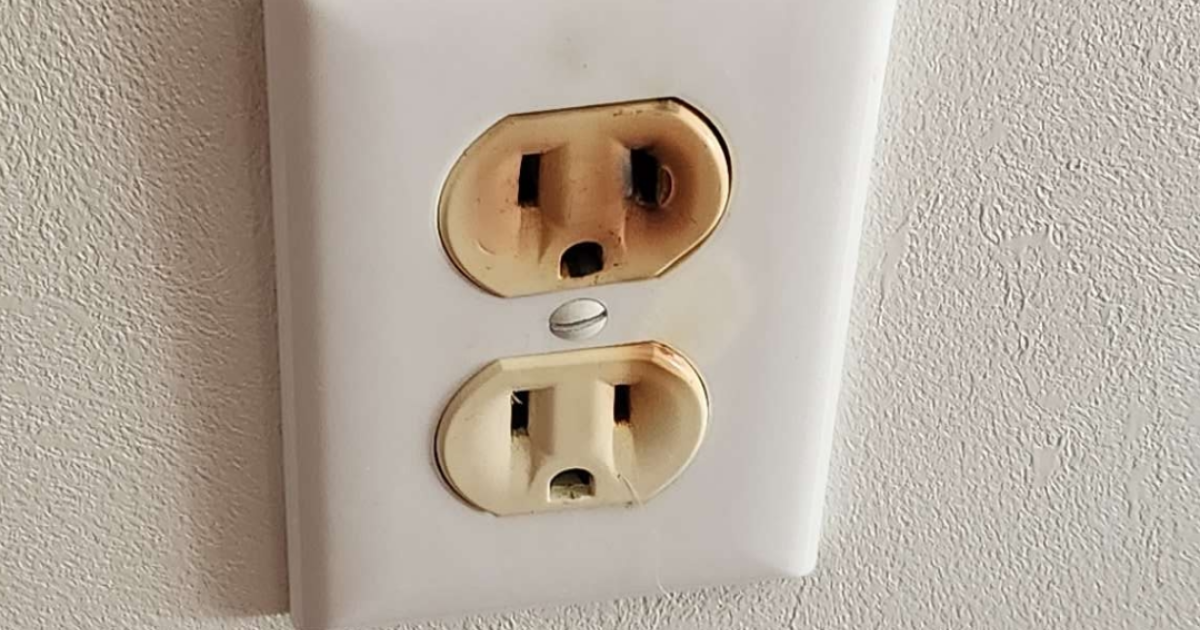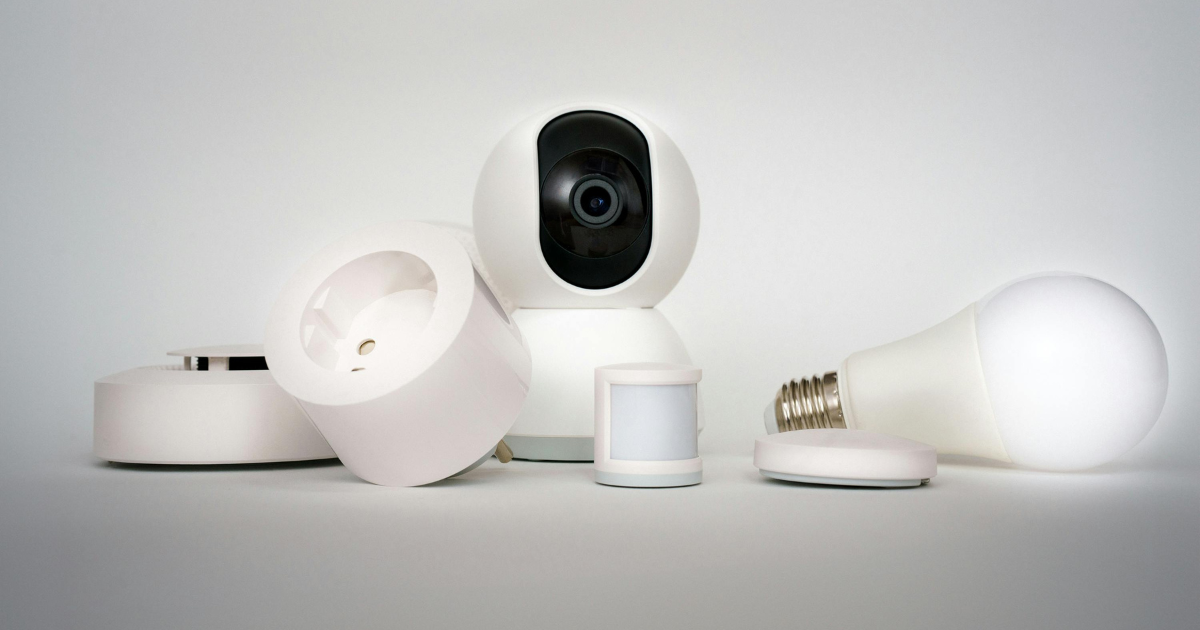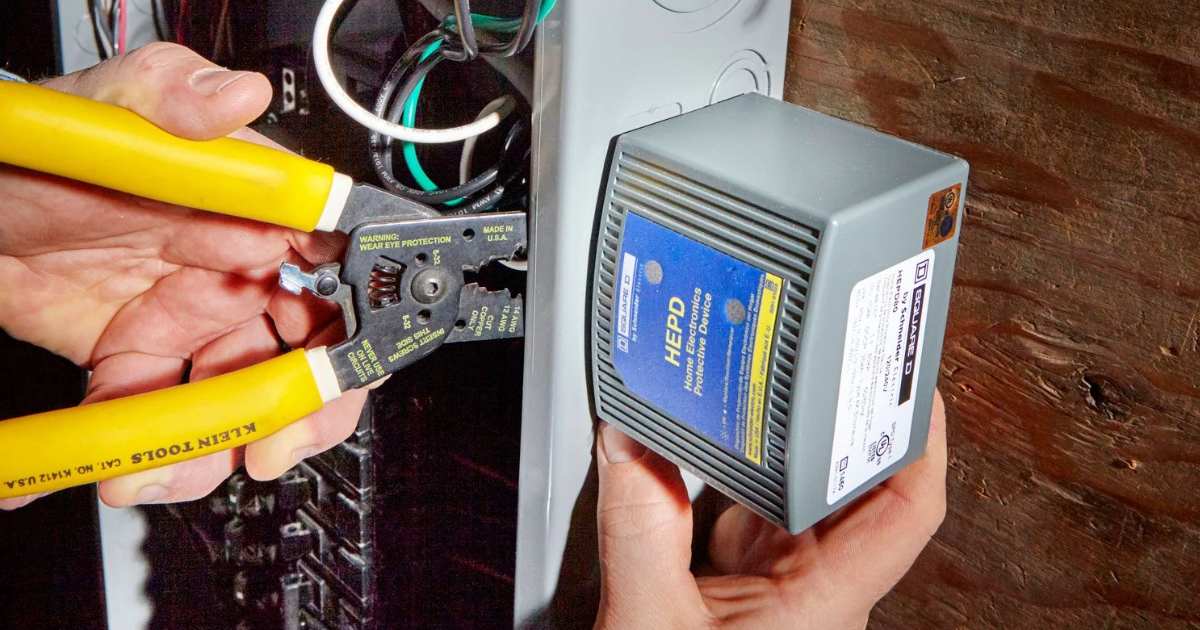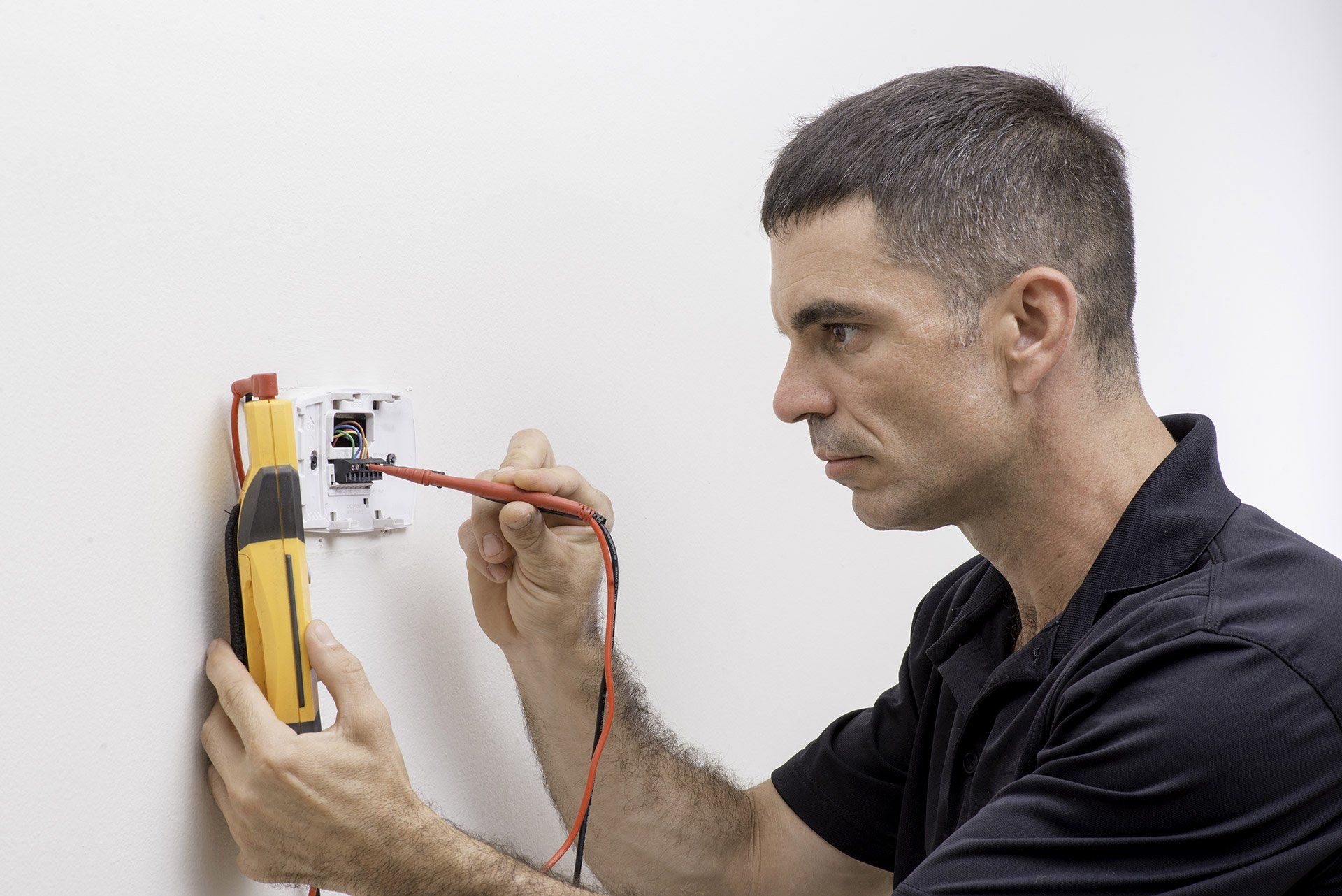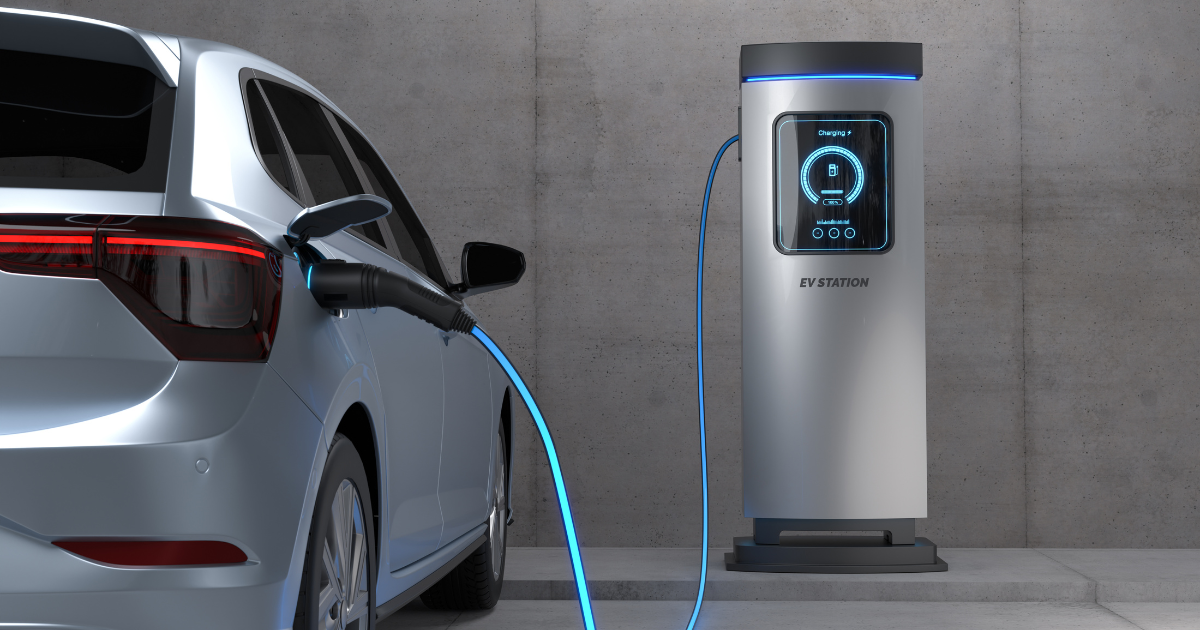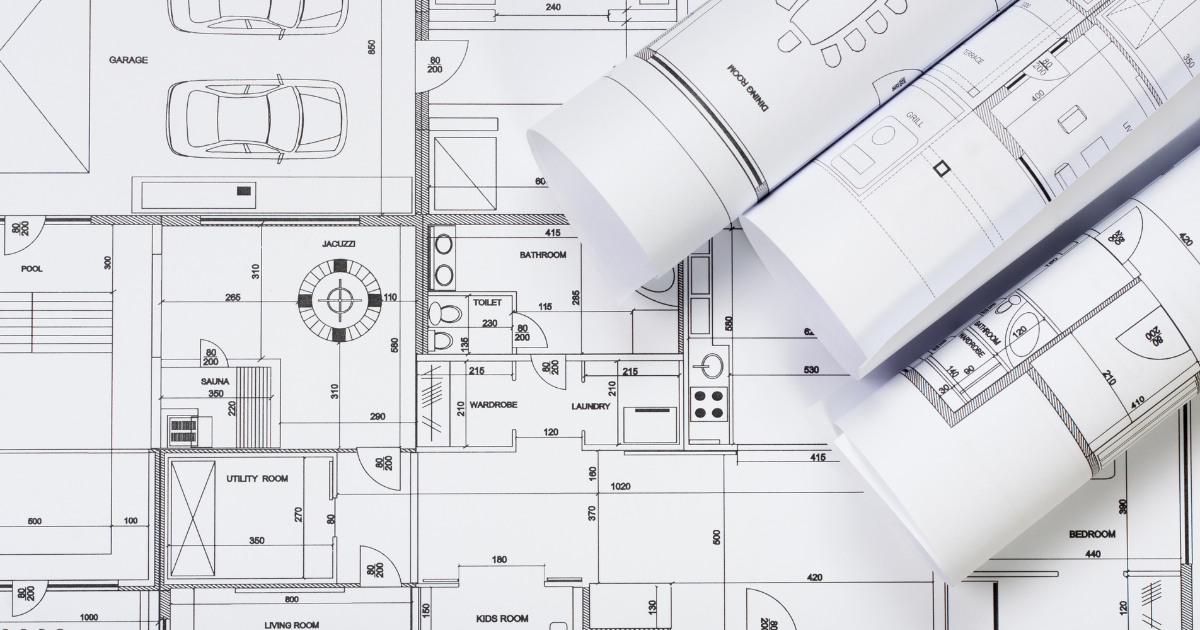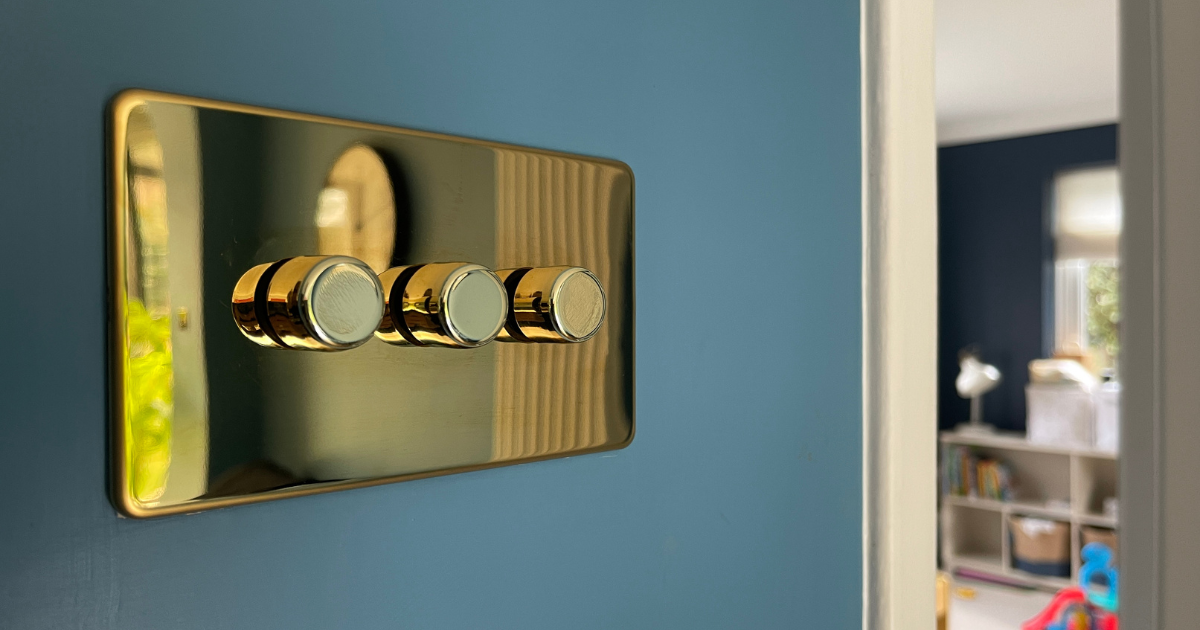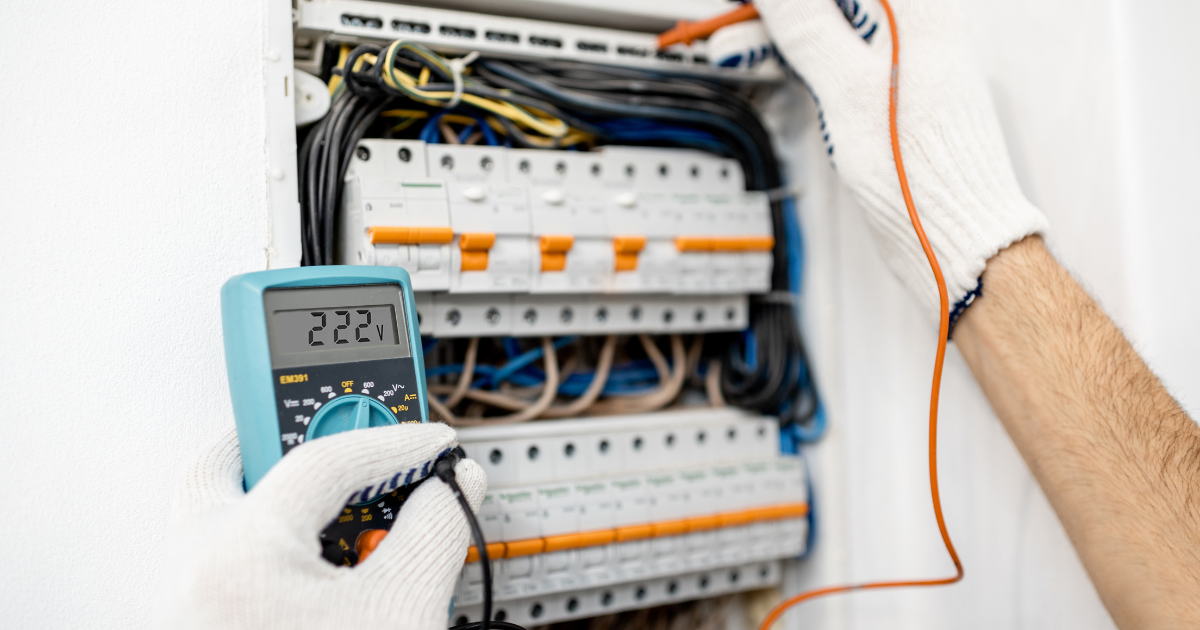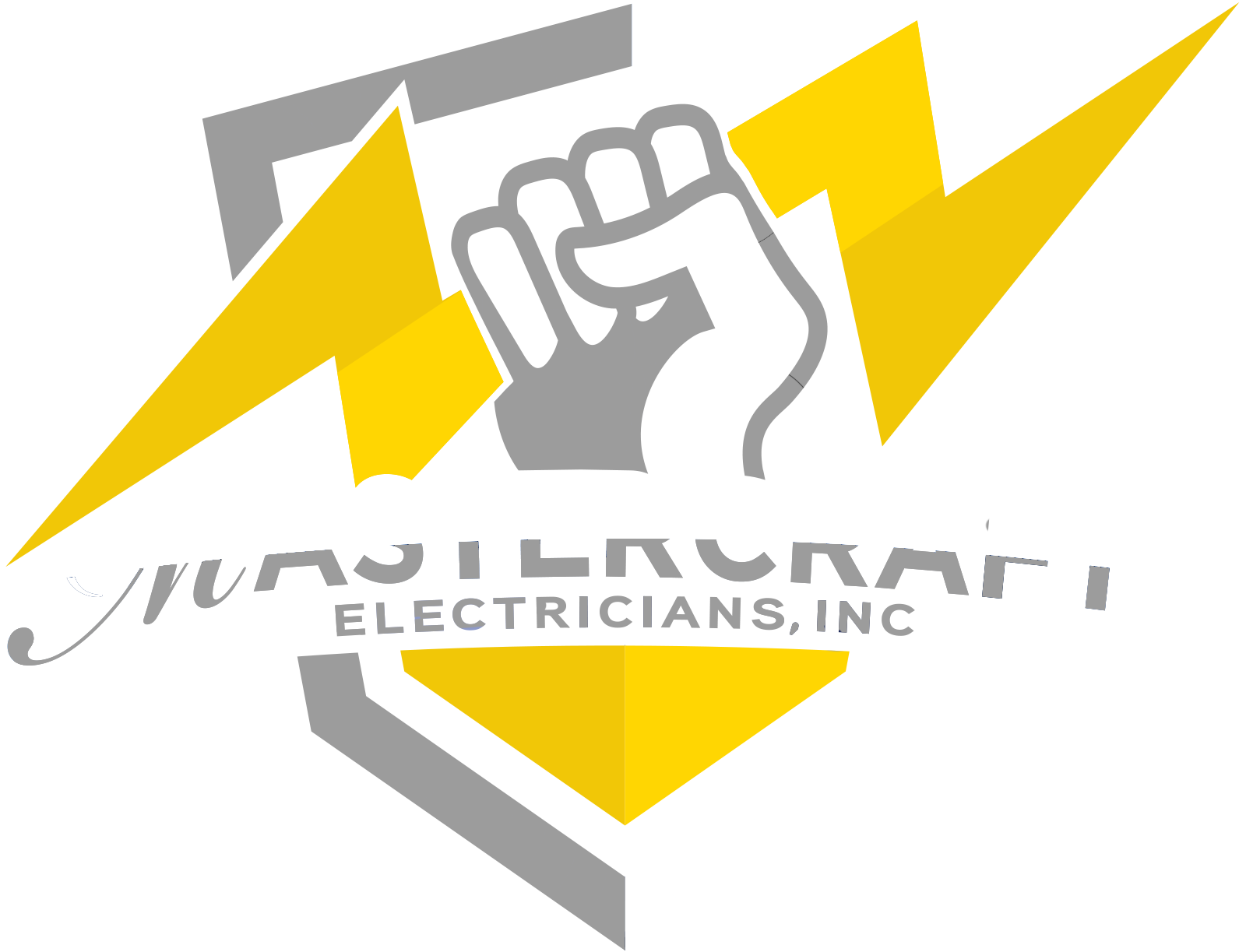Solar + Battery Storage: The Next Step in Energy Independence
As the push for clean, reliable energy accelerates, integrating solar and battery storage systems represents a powerful leap toward true energy independence. No longer just photovoltaic panels on rooftops, pairing solar with battery storage is shaping the future of residential and commercial power.
Let’s explore how this synergy empowers homeowners, strengthens grid resilience, and delivers long-term savings.
A New Era of Energy Security
Homes outfitted with solar panels alone generate electricity only during sunny hours—but what happens after sunset or during outages? By incorporating solar battery storage systems, excess energy produced during the day can be stored and used when needed most, including at night or during grid disruptions. This setup ensures round-the-clock solar power with battery backup, offering protection against blackouts and enhancing peace of mind.
Driving Energy Independence and Cost Control
Combining solar with storage allows homeowners to take control of their energy consumption. Batteries let you avoid pricey peak-time utility rates by supplying cheap, self-generated power during those hours. It also buffers you from rate hikes and grid instability. For many families, adopting solar and battery storage is the key to achieving lasting energy independence.
Moreover, with the surge in solar battery storage systems—doubling year over year since 2020—this trend underscores a growing desire for autonomy and resilience.
Smart Integration and Grid Benefits
Modern solar and battery storage systems, such as AC-coupled solutions, make managing energy seamless. Users can store solar energy for evening use and switch to self-consumption mode to minimize reliance on the grid. In some states, homeowners can even earn credits by sending excess stored energy back to utilities.
At a broader scale, utility-scale solar battery storage systems store solar power during the day and release it when demand peaks, helping stabilize the grid and lower costs for consumers.
Global Progress: From Homes to Power Parks
Worldwide, large-scale projects prove the value of solar power with battery backup:
- New Zealand’s Ruakākā Energy Park combines a 130 MW solar farm with a 200 MWh battery system—setting a new standard for renewable integration.
In the Middle East, countries like the UAE and Saudi Arabia are deploying advanced solar and battery storage systems to ensure reliable clean power in even the harshest conditions.- India is also scaling storage rapidly—expanding from 6 GW today to over 60 GW by 2030—as solar battery storage systems prove more economical than new fossil-fuel projects.
Why Solar + Battery Storage Is the Next Step
The shift toward solar and battery storage marks a pivotal move toward lasting energy independence:
- Resilience & Reliability — Provides continuous power with solar power with battery backup.
- Cost Savings — Reduces exposure to peak rates and rising utility costs.
- Environmental Impact — Decreases fossil fuel reliance and supports a cleaner grid.
- Property Value — Homes with solar battery storage systems often command higher resale prices.
Your Path to Energy Independence
At MasterCraft Electricians, we’re committed to helping homeowners and businesses embrace the future of clean energy. Whether you’re adding a battery to your current solar setup or planning a full solar and battery storage installation, our experts deliver turnkey solutions tailored to your needs.
Take the next step toward energy independence. Contact us today to see how solar power with battery backup can redefine your energy future.

